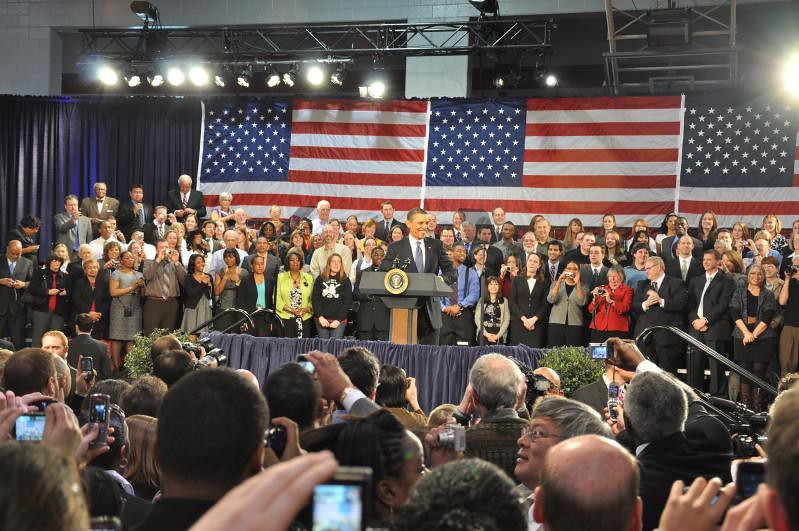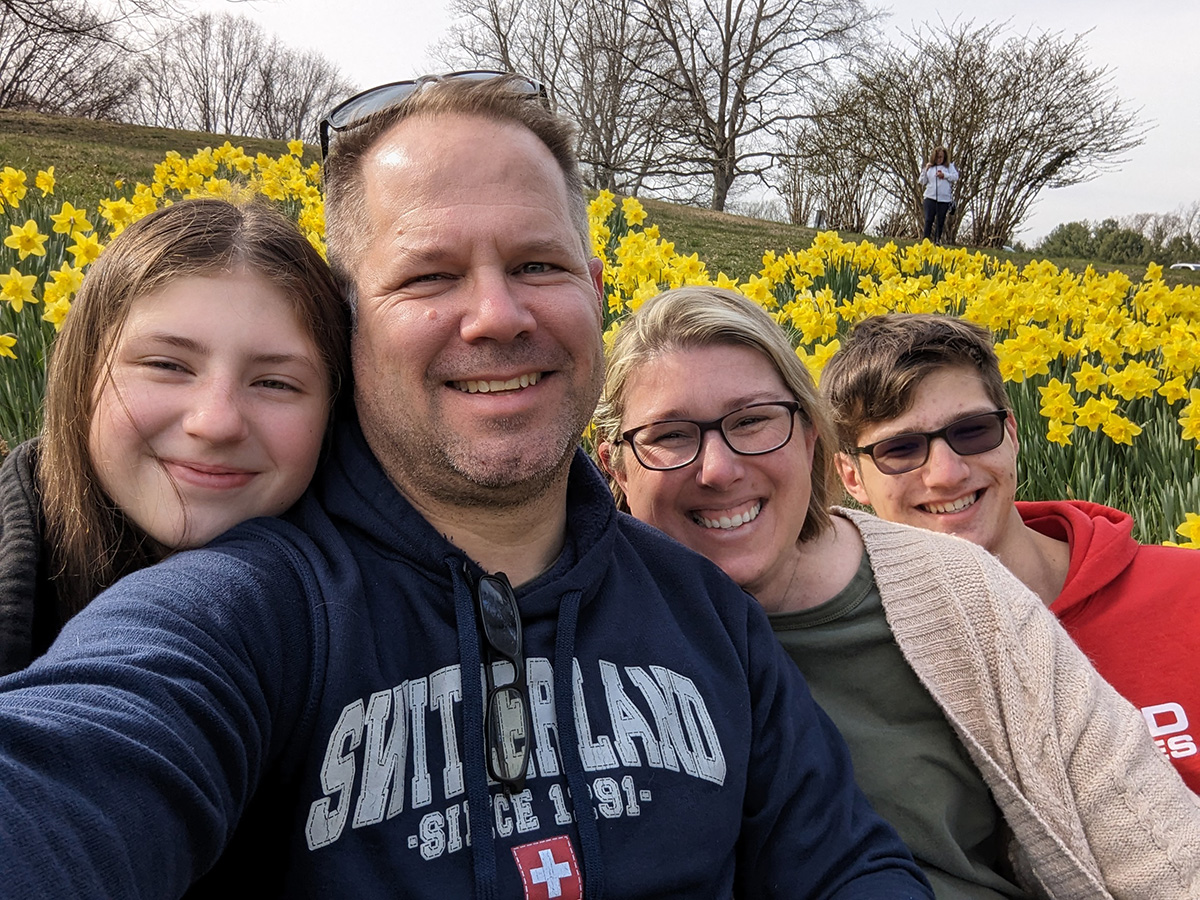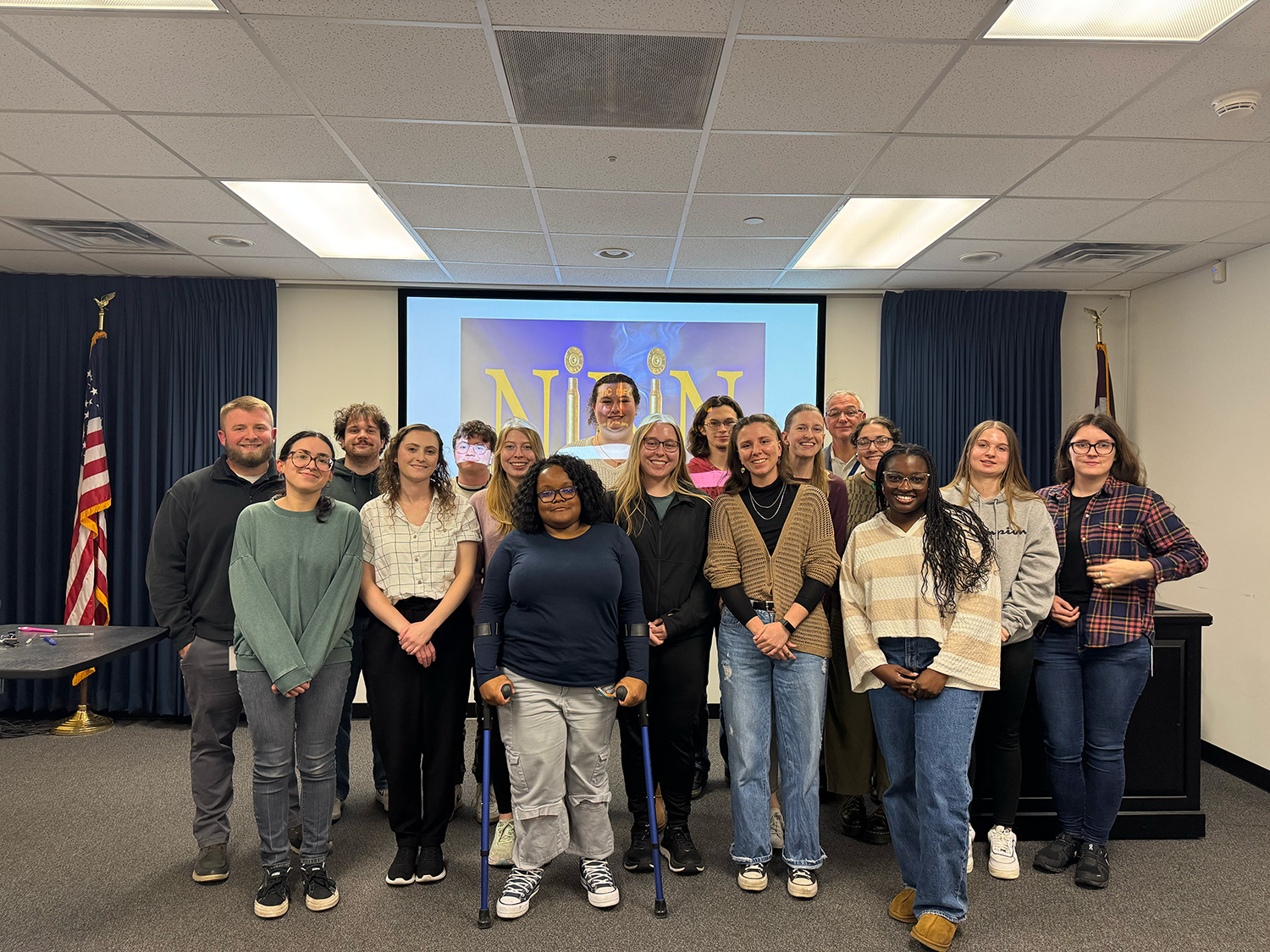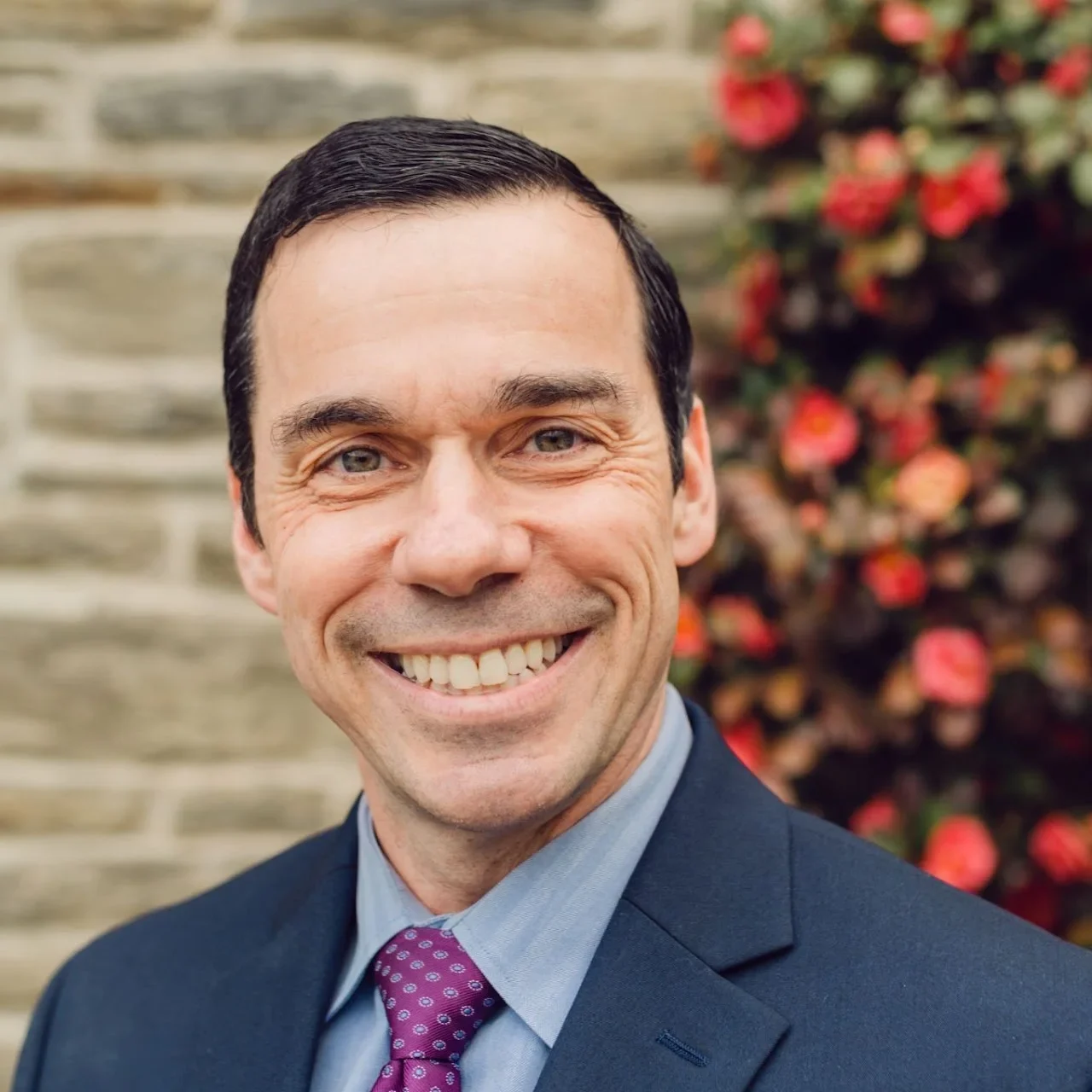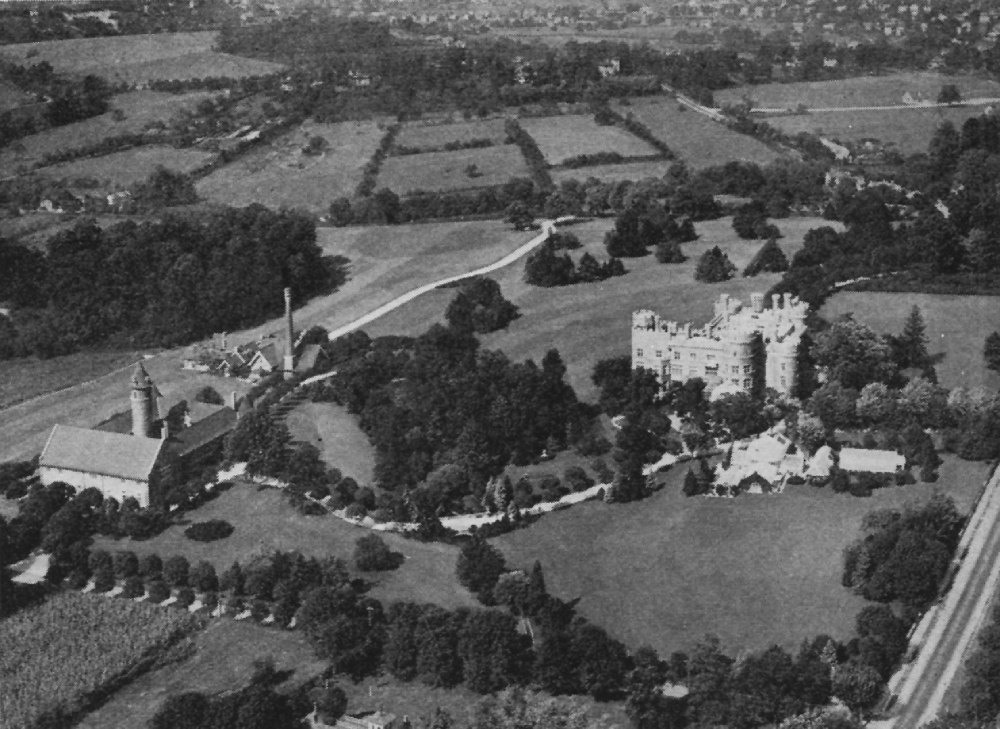
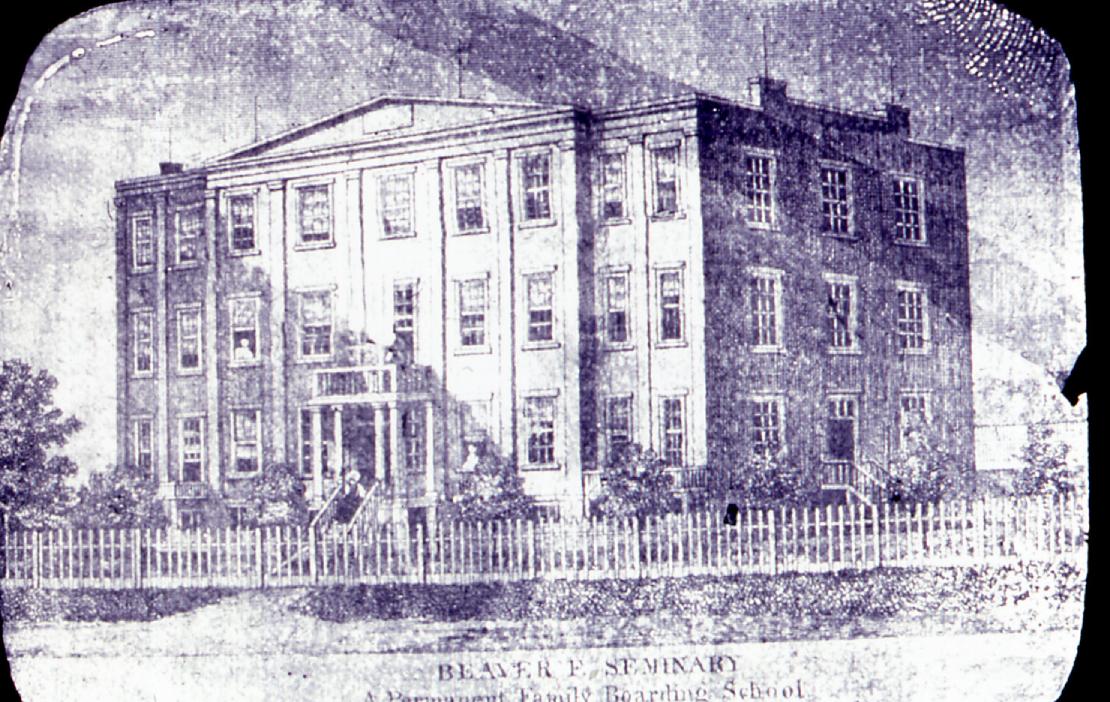
1853-1894: Bold Beginnings
Two centuries ago, at the confluence of the Ohio and Beaver Rivers in the westernmost part of Pennsylvania, the French established a trading post, where members of the Delaware, Shawnee, and Iroquois tribes bartered with European traders. The rivers were essential for travel, sustenance, and military defense, and General McIntosh of Washington’s Colonial Army built a fort at this place during the Revolutionary War.
As the area’s population expanded, McIntosh’s fort became the town of Beaver, Pa. There, in 1853, an intellectual outpost was formed—a school to teach such liberal arts as ancient history, rhetoric, and logic at a time when there were few higher education institutions open to young women.
The Lenape, whose name means “the original people,” are the first caretakers of the land upon which Arcadia University/Beaver College currently sits, and we continue to occupy. The Lenape people are victims of colonialism, genocide, and forced relocation. Therefore, we recognize the continued perseverance of the Lenape people through their adversity; and we honor their historical legacy and vibrant culture, which continues to thrive today. We are committed to collaborating with the Lenape, as neighbors, partners, and friends in caretaking this land.
— Arcadia University Land Acknowledgement Statement.
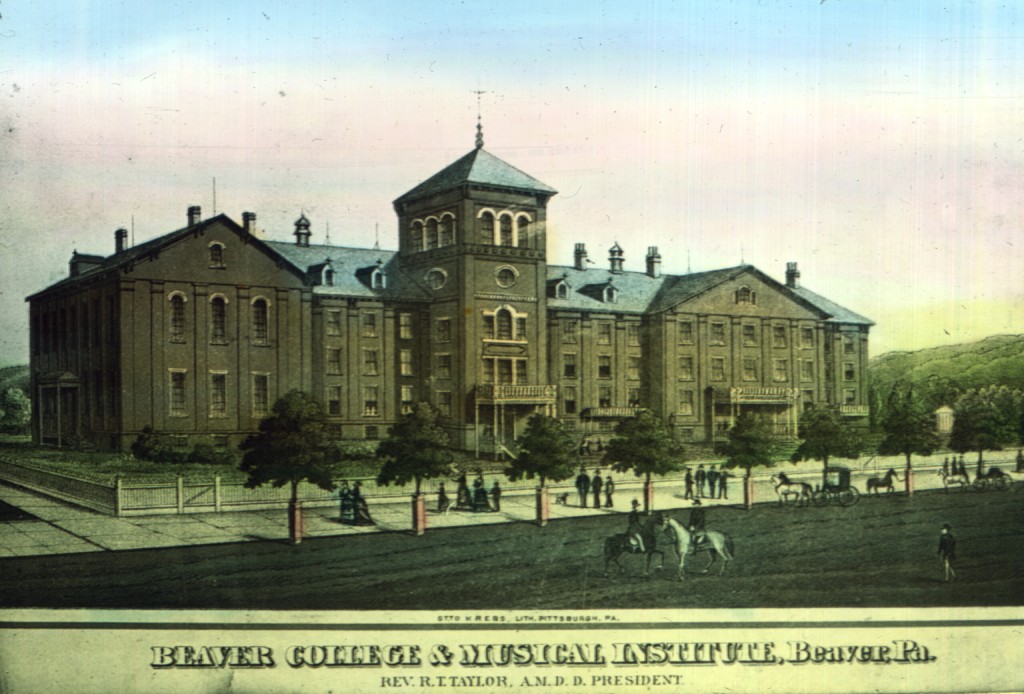
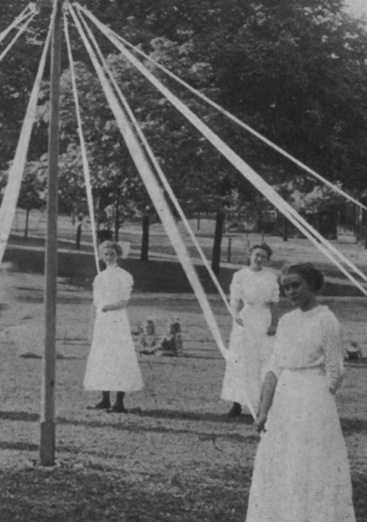
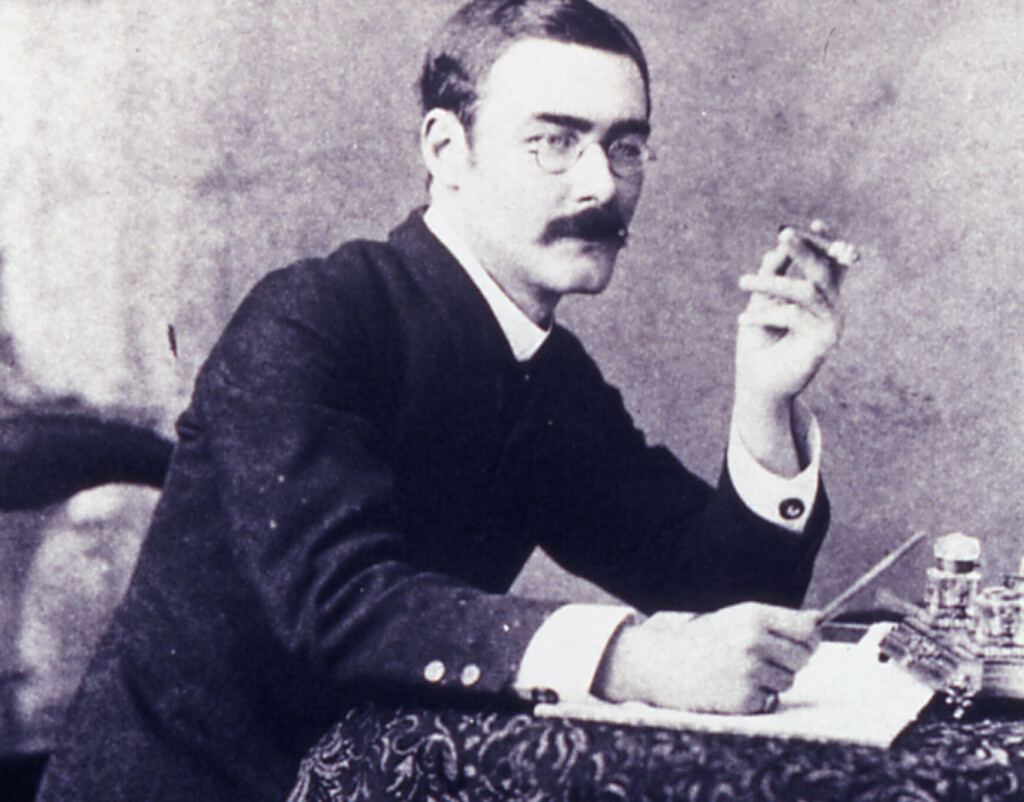
1853: Our Pioneering Legacy Begins
The Arcadia University legacy begins in 1853, in Western Pennsylvania, when Sylvania Jones and Juliet A. Poundstone left their family homes in Lafayette County, PA., to pursue an education. The 15-year-old Jones and 17-year-old Poundstone accompany Dr. Sheridan Baker, principal at the Brownsville School they had attended, to the newly chartered Beaver Female Seminary 26 miles northwest of Pittsburgh.
Led by President Baker, Beaver teaches liberal arts, ancient history, rhetoric, logic, and analogy during an era when few colleges for young women exist. This daringly unconventional curriculum rejects the social limits placed on the traditional education of women. Enrollment grew slowly, and in 1872 the school attained collegiate status, with the new name of the Beaver College and Musical Institute.
Photo: 1884 First Official May Day & 1898 Author Rudyard Kipling visits Beaver College
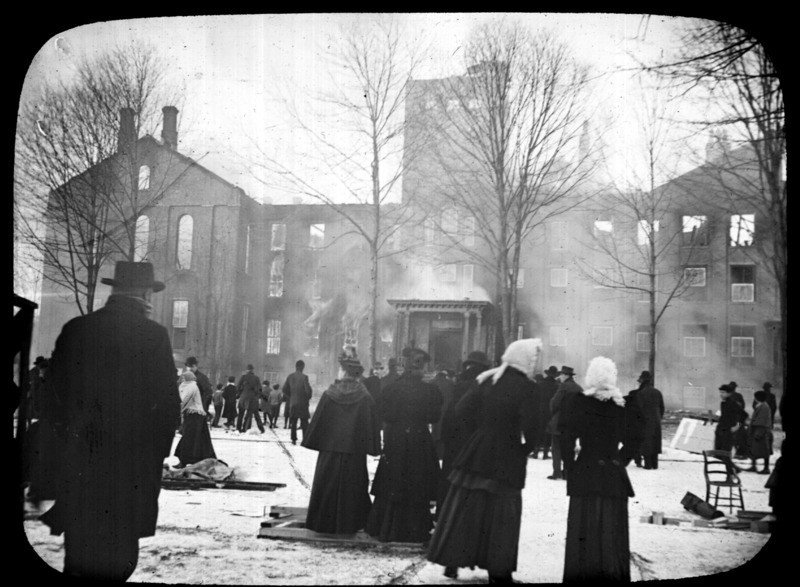
1895-1924: A College in Maturation
After celebrating 40 years, Beaver College and Musical Institute’s main building is destroyed by fire. Students are housed at the nearby Beaver House Hotel, and classes, extracurricular events, and athletic contests continue, showcasing an early example of the resiliency of this institution. Ten months after the College burned to the ground, a new building was dedicated, with a new dormitory built two years later.
In the late 19th century, male students are admitted, and the College became coeducational for the first time. In 1907, Beaver College and Musical Institute is simplified to Beaver College. Enrollment is again limited to women; it would be nearly 60 years until men are again part of the student body.
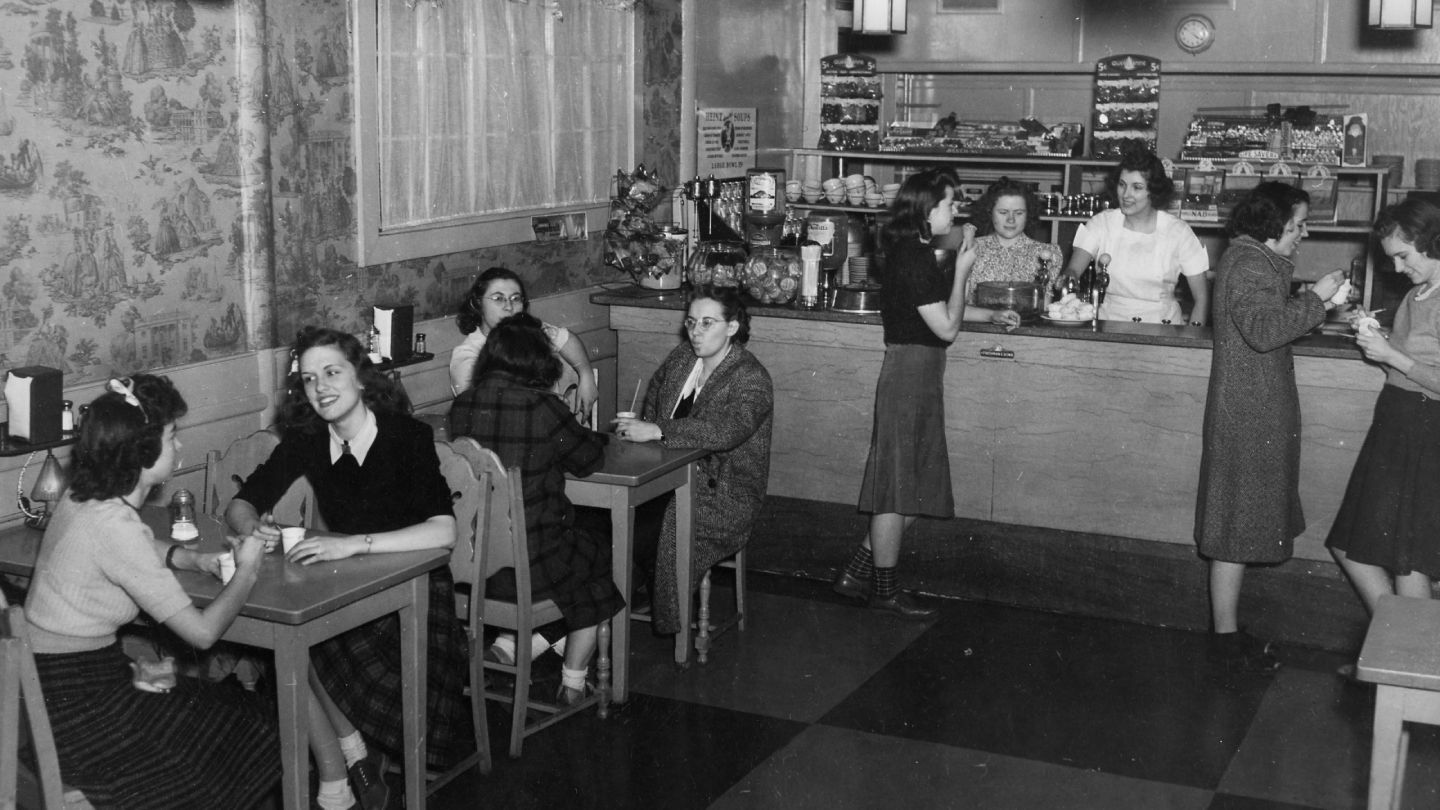
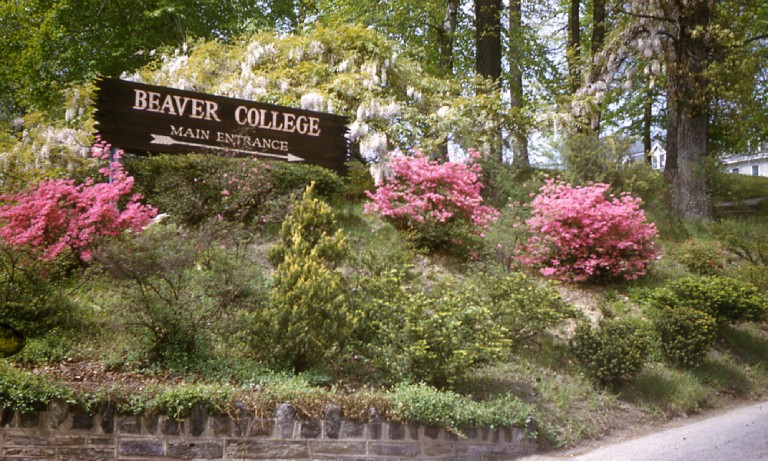
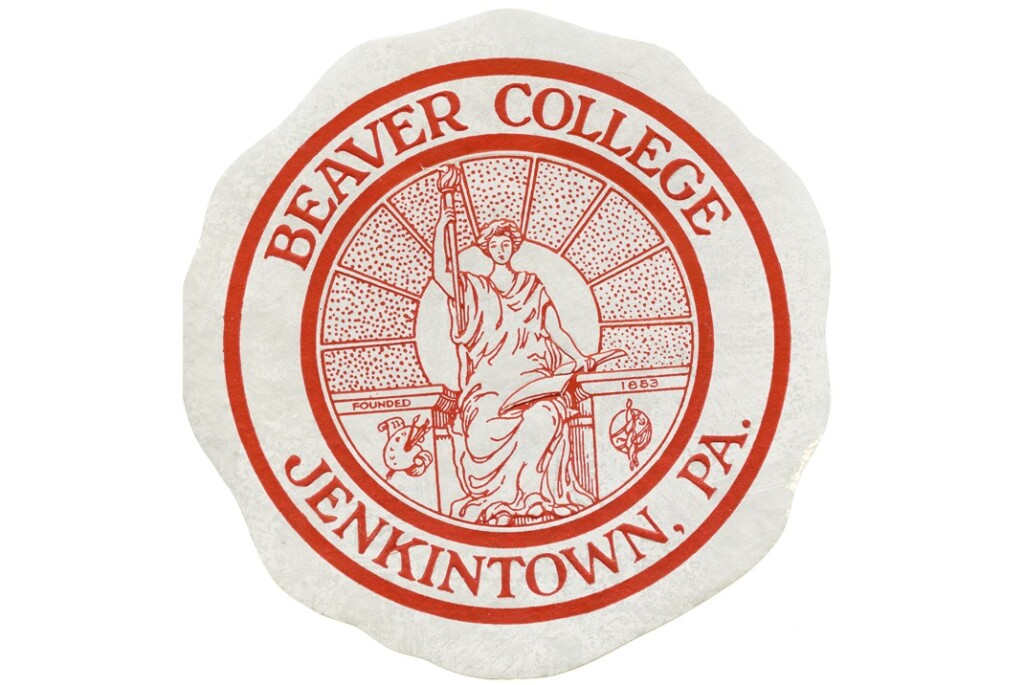
1925-1953: Expanding to Jenkintown
In 1925, the College moved east across Pennsylvania to Jenkintown, PA, and the Beechwood Hall estate. This location affords larger facilities, an adequate campus, and greater development opportunities which increased enrollment but maintained the advantages of a small college.

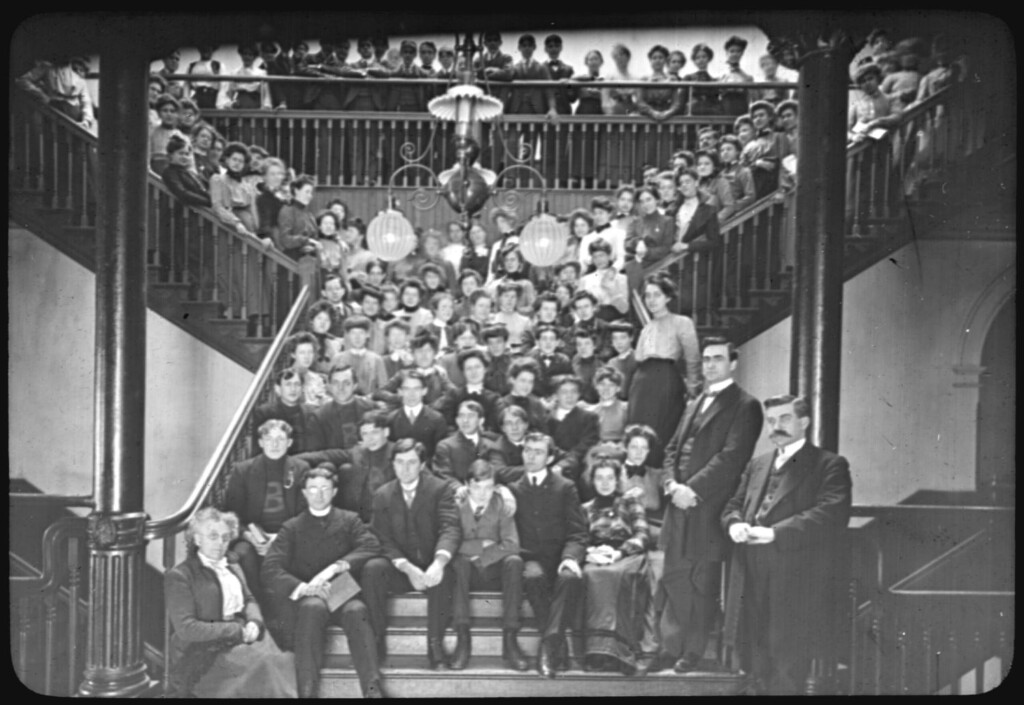
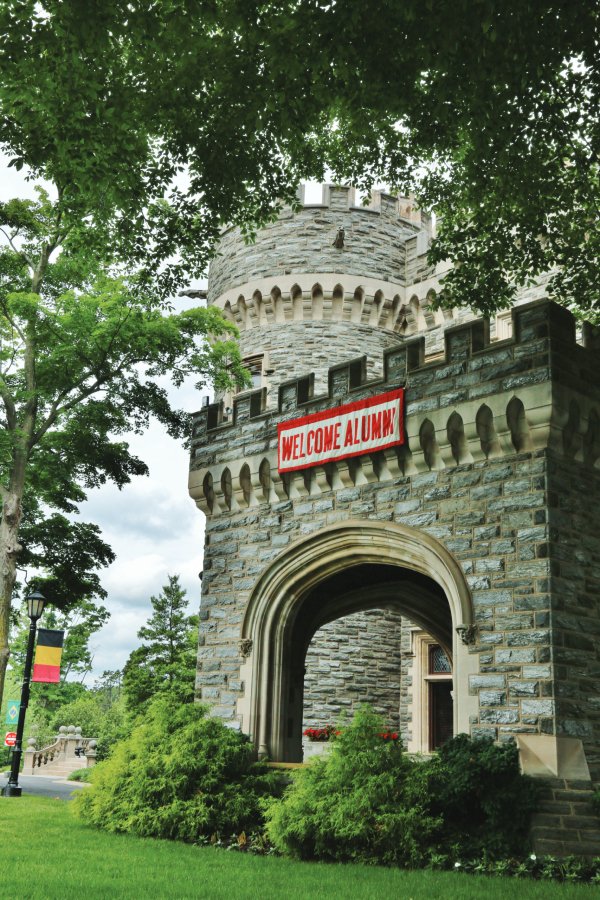
1929: Acquiring Grey Towers Castle
Needing an additional property to accommodate its expansion, the Trustees secured a nearby estate in 1929 in Glenside, PA. This generational opportunity offered a spacious property with unique stone buildings, including the historic Grey Towers Castle, which has become an iconic symbol of the institution.
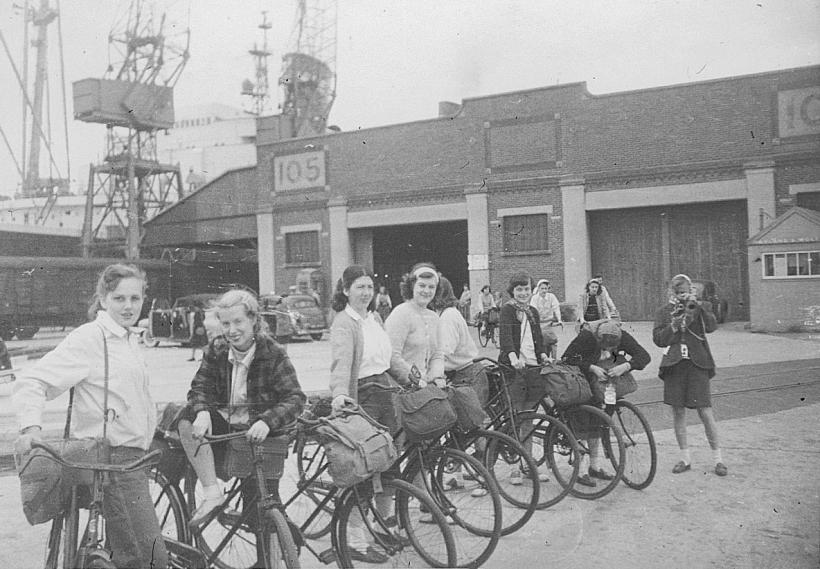
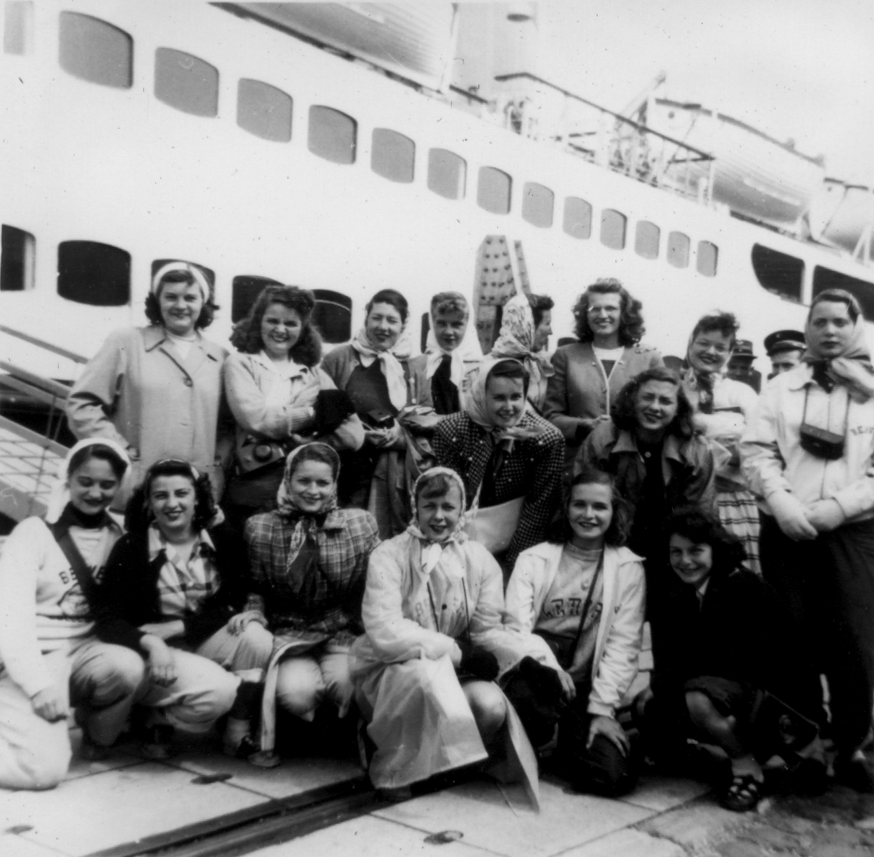
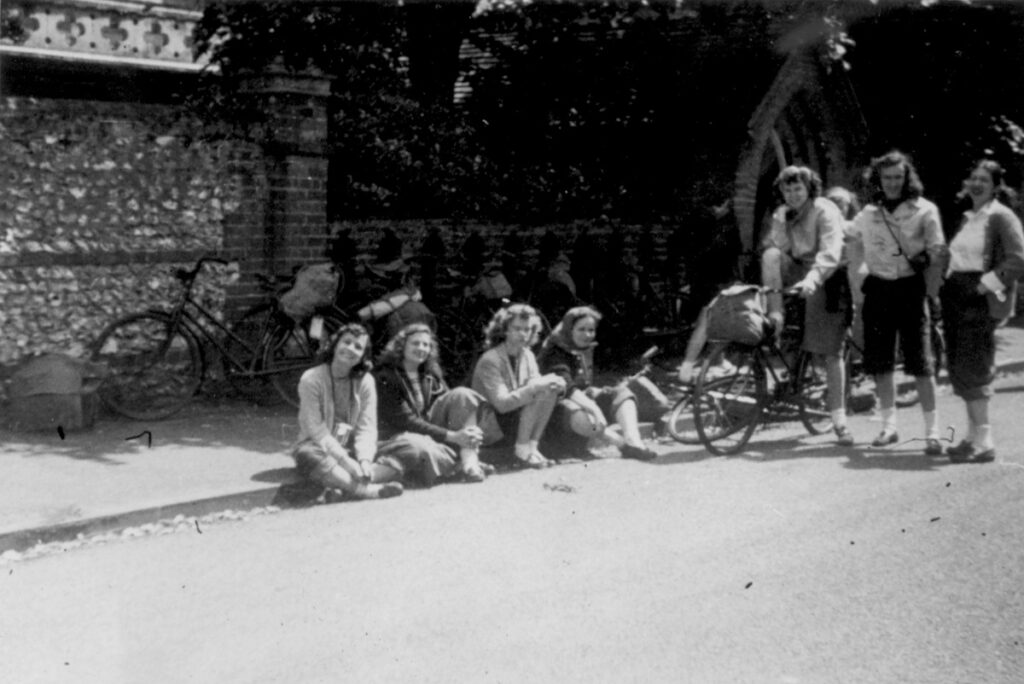
1948: Venturing Beyond Borders
In the summer of 1948, the world looked ahead to a brighter future, and so did Beaver College. As the cooperative spirit of educational exchange between nations was nonexistent, a Beaver College economics instructor, his wife, and seventeen undergraduate women arrive in post-WWII Europe. The group sails from New York to Southampton, England, on a mission of education and discovering post-war rebuilding efforts, which carries this determined cohort through a summer's worth of adventures. Cycling through England, Belgium, and France, in weather both benign and challenging, they learn much more than they ever anticipated.
Since its first voyage into international education, this post-WWII cohort was the precursor to what would be one of the largest and most renowned international study programs in the United States. These 17 young women and their instructor are the beginning of transforming experiential education. Arcadia continues to be a pioneer in study abroad.

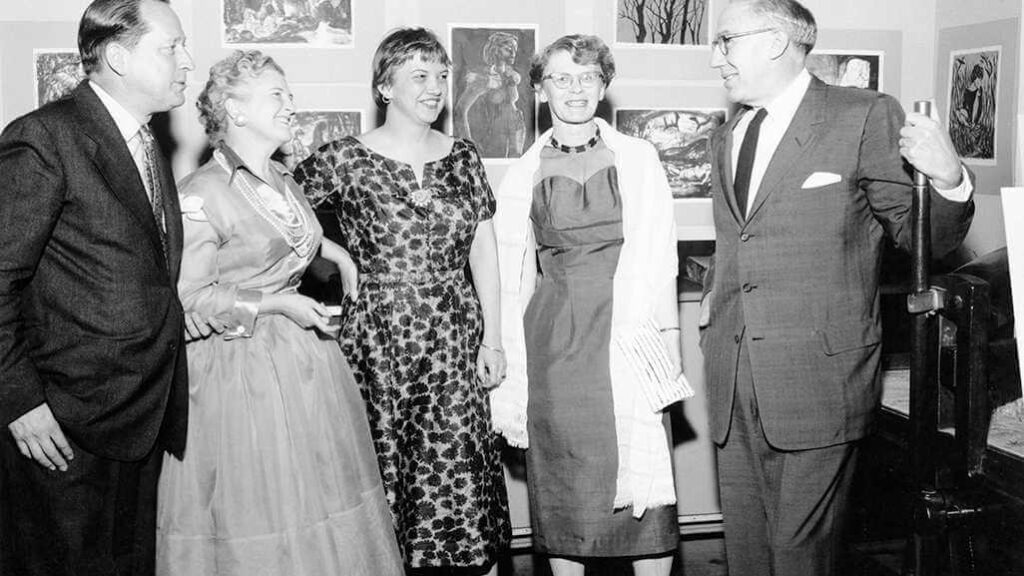
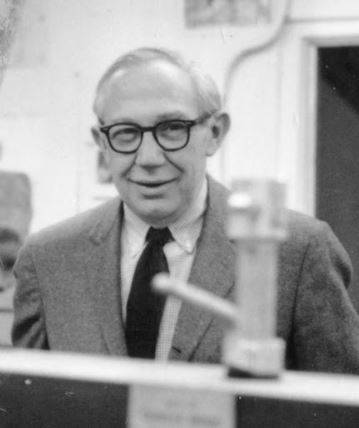
1953: Spruance and Philadelphia
Prof. Benton Spruance began his career at Beaver College in 1926 as a part-time instructor while still a student at the PAFA. He was made full professor and chair of the Art Department in 1933 for 34 years, also serving on the Board of Trustees and was involved with the Philadelphia Art Commission. In 1953, it led to a city ordinance requiring that one percent of the cost for the construction of new public buildings be allocated to the creation and placement of works of art. This "percent for the arts" has been emulated by other cities and is a cornerstone for funding public art in the U.S.
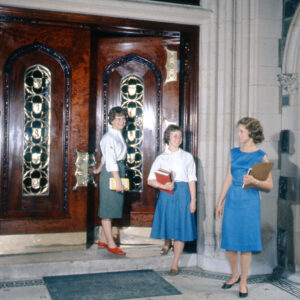
1954-1980: Pioneers in Liberal Arts Education
The institution made great advancements in the second half of the 20th century, constructing eight new campus buildings, establishing the Center for Education Abroad, and, in 1973, becoming coeducational for the first time since 1907.
Beaver College operates both the Jenkintown and Glenside campuses into the mid-1960s when it consolidates all campuses to Glenside. Enrollment reaches a record 1,925 students in Glenside, with the student body representing 18 countries.
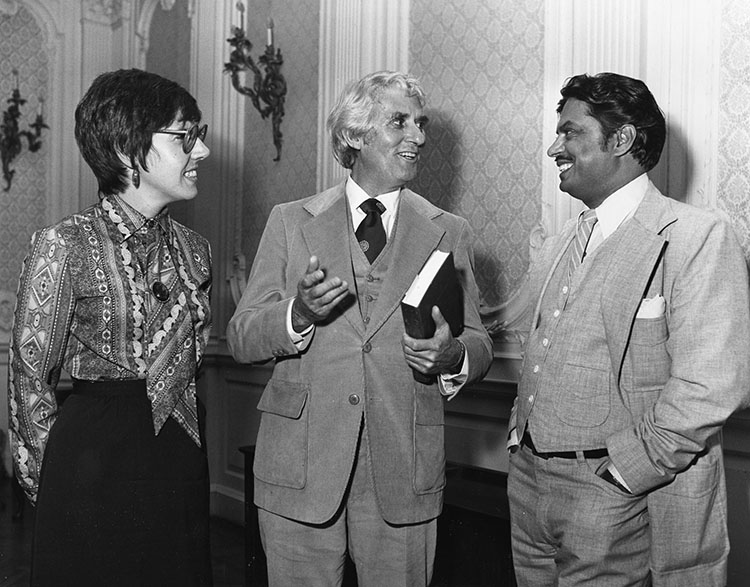
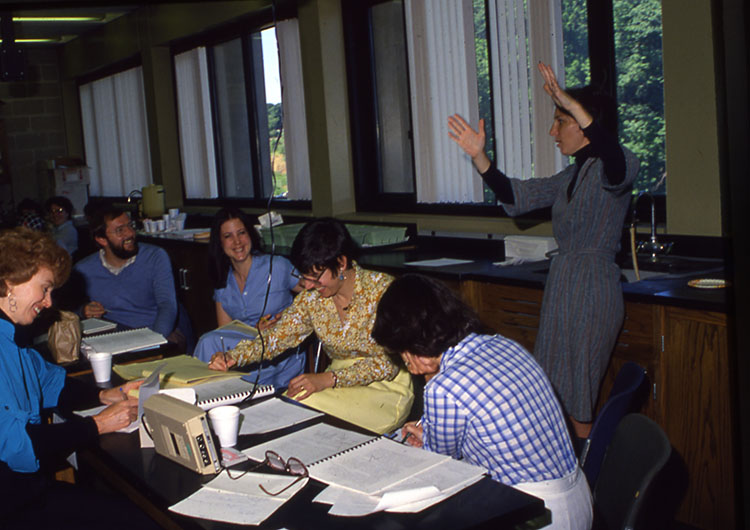
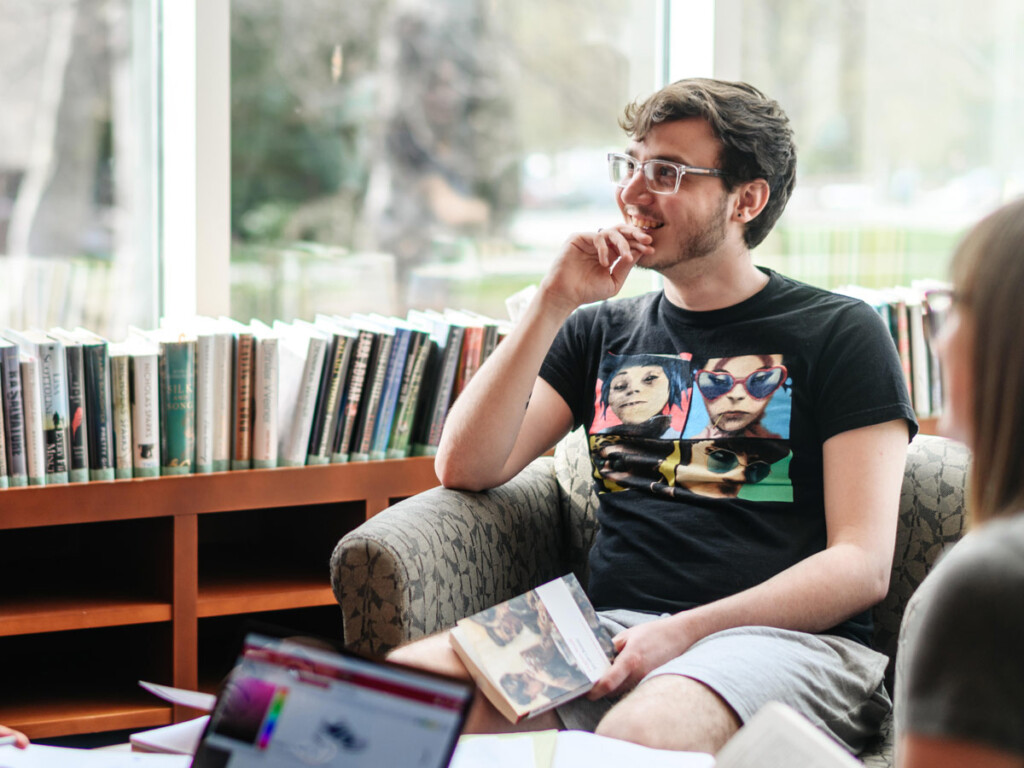
1977: Writing Across the Curriculum (WAC)
In 1977, Beaver College received the largest federal grant in the College's history from the National Endowment for the Humanities (NEH) award of $207,726 to launch "A program to strengthen the humanities at Beaver College through an emphasis on instruction in writing and reading by all faculty" (EI-27873-77-752). Beaver College (Arcadia) professors Jerry Belcher, Barbara Nodine, Helene Cohan, Pradyumna Chauhan, and JoAnn Bomze participated in faculty workshops and curriculum requirements on writing across disciplines.
(Carleton College and Beaver College started the first WAC programs in 1974 and 1975 with faculty workshops and curriculum requirements across disciplines.)
1985: Growth and Evolution
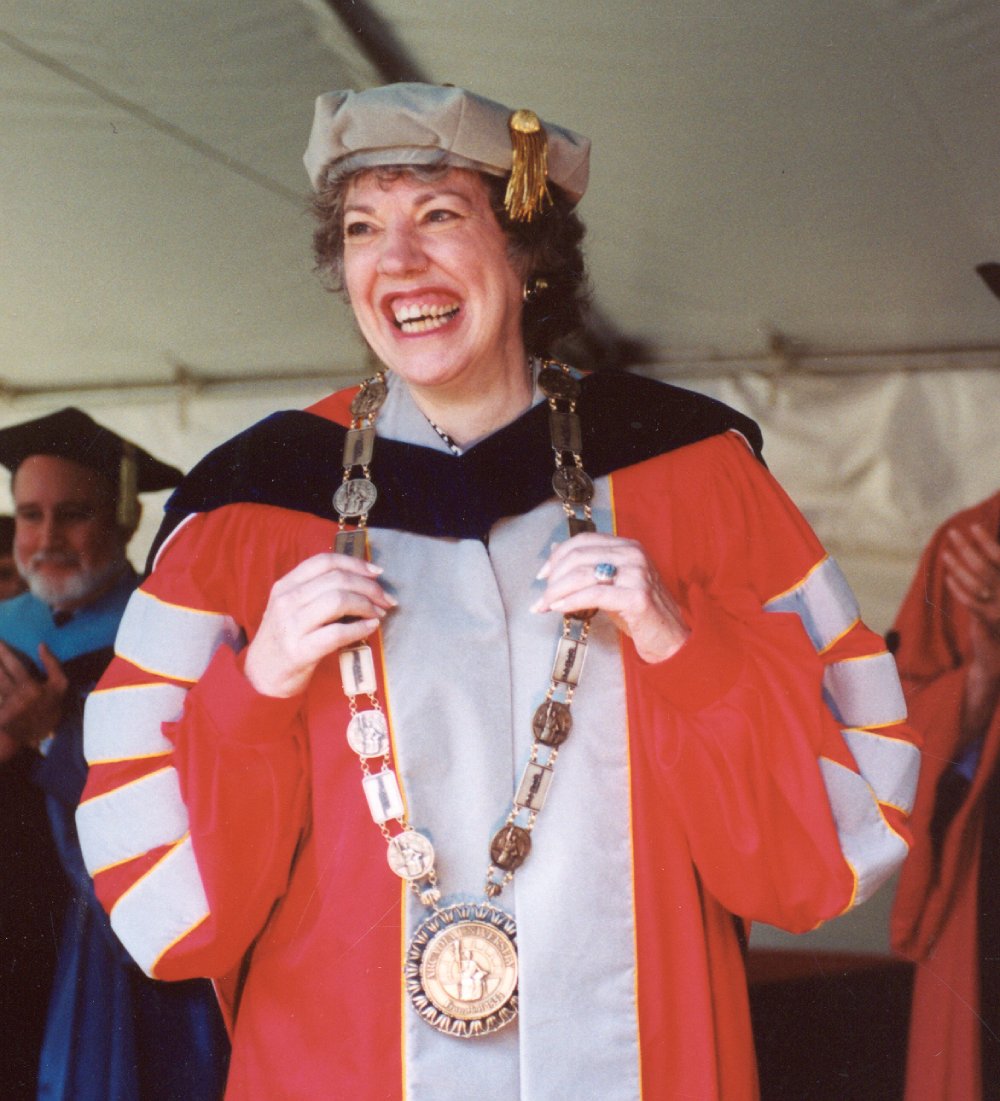
In 1985, Dr. Bette Landman is appointed president, the first female president in the institution’s history. Through her extraordinary vision for the institution and unwavering commitment to access and inclusion, Landman reinvigorated the University, doubling enrollment and leading transformative projects such as constructing seven new buildings and a nationally-recognized study abroad program. Dr. Landman’s tenure sees the dedication of the Kuch Athletic and Recreation Center, the establishment of Preview, and the College joining the NCAA Division III and becoming a charter member in 1992 of the Pennsylvania Athletic Conference.
Under her leadership, Beaver College achieved university status, and Landman led the community through the historic transition from Beaver College to Arcadia University, and the institution’s endowment grew from $269,000 in 1980 to $30 million at the end of 1999.

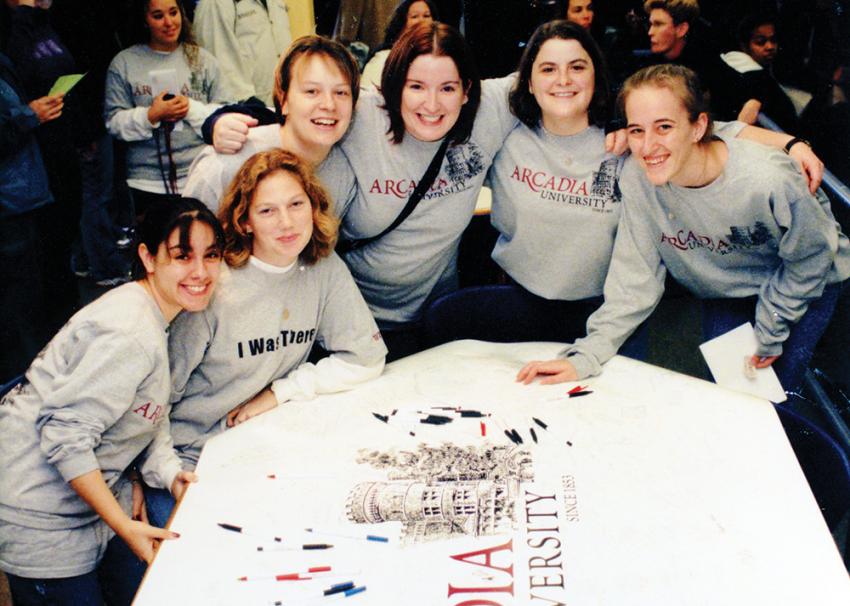
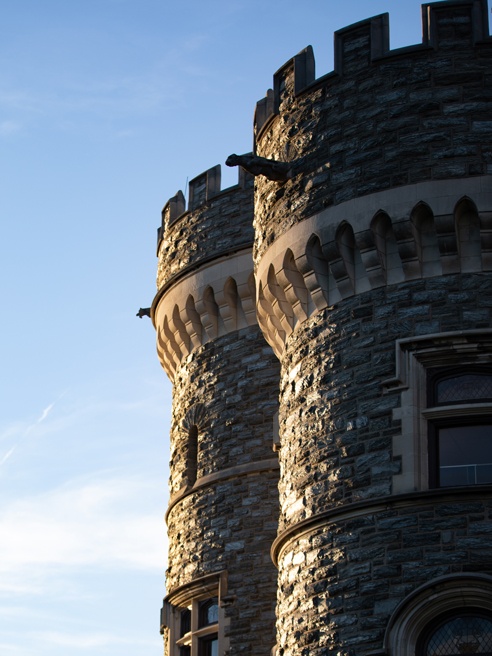
2001: Becoming Arcadia University
As 2000 approached, a reputation for academic excellence and international education solidified, and the plan to become a university ramps up. Thanks to the size of its graduate program, the institution has been operating as a university for several years. Several potential names are tested in nationwide focus groups. The most popular name is suggested by Dr. Joan H. Thompson, associate professor of Political Science. In October 2000, the Trustees approve, and on November 20, it is announced that Beaver College would become Arcadia University. The official change of name and status occurs at a formal ceremony on July 16, 2001 and is one of the most successful name changes in higher education.
The 21st Century
During the first quarter of the 21st century, the University established six academic colleges and schools, including The College of Global Studies (now called Arcadia Abroad) as the first full-fledged college of a University dedicated to international education.
Movement and Evolution
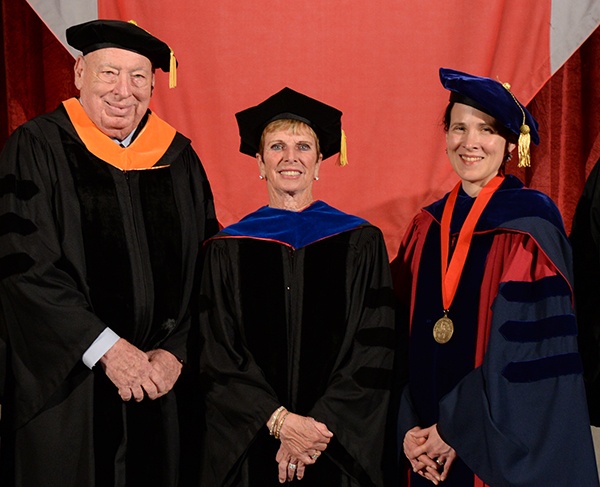
In 2014, Walter and Rosemary Deniken Blankley ’57, ’06H endow the first Chair for the School of Education.
Walter and Rosemary Deniken Blankley ’57, ’06H donated $1 million to create the Rosemary and Walter Blankley Endowed Chair in Education. The chair recognizes the importance of education, as evidenced by the Blankleys’ commitment to supporting education throughout their lives and while Rosemary was a student at Beaver College.
This is the first donor-designated endowed chair in the University’s history. Dr. Ellen Skilton, professor of education, was appointed The Rosemary and Walter Blankley Endowed Chair in Education during an investiture ceremony on March 6, 2014.
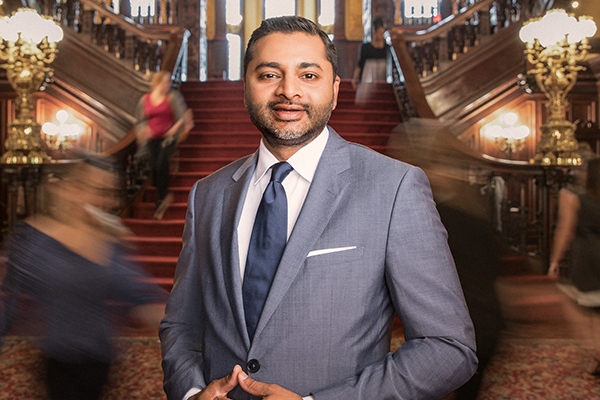
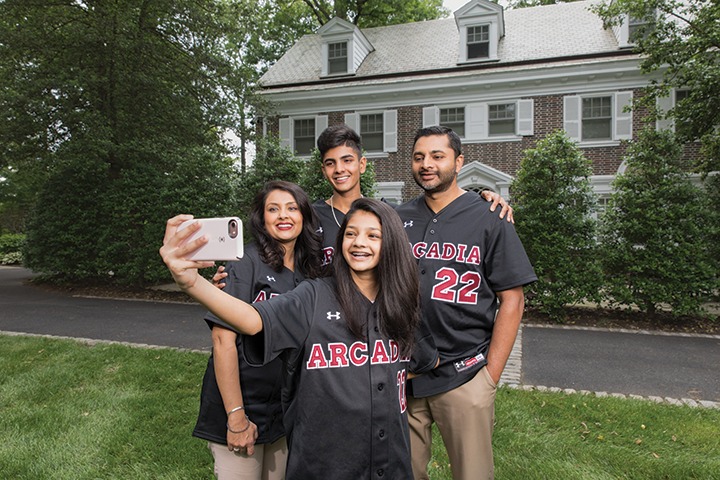
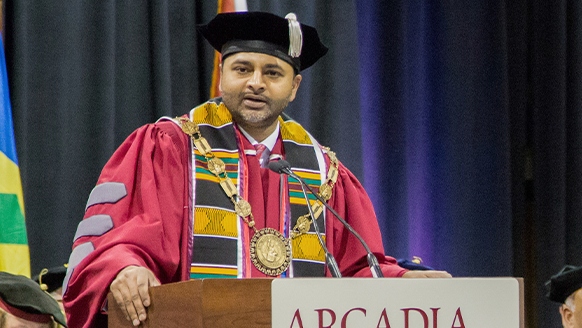
Dr. Ajay Nair, 22nd President of Arcadia
With the inauguration of Dr. Ajay Nair as the 22nd president of Arcadia in April 2018, the University embarks on a new chapter in becoming, as President Nair states, “a university of the future.” As the first person of color to serve as President, Dr. Nair's focus on innovation helps the University remain flexible and visionary in working to meet the needs of students in the 21st century.
A University of the Future
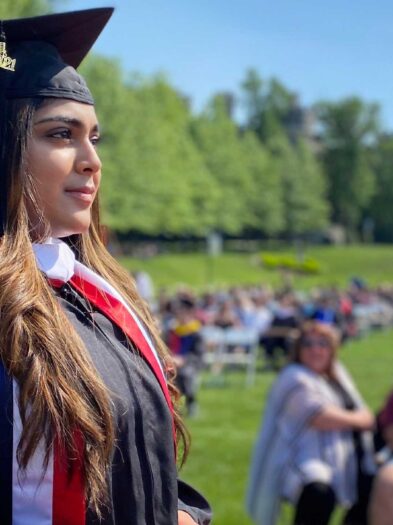
In 2019, Arcadia received a historical transformative gift of $8.6 million from Biocoat, a company founded in 1993 by former Board Chair Dr. Ellington Beavers. With the December 2018 acquisition of Biocoat by 1315 Capital, the University realizes its ownership of 16 percent of Biocoat, shares which Dr. Beavers gifted to Arcadia when the company was founded.
Arcadia University continues its innovative legacy of educating undergraduate and graduate students. As a comprehensive institution dedicated to engaging in integrative, real-world learning opportunities such as internships, evidence-based research, service projects, interdisciplinary study, problem-based learning, and co-curricular experiences that expand beyond the traditional classroom. University’s Doctor of Physical Therapy and Physician Assistant programs retain high national rankings by U.S. News & World Report, and the University is consistently named among the best in the region by U.S. News and The Princeton Review.
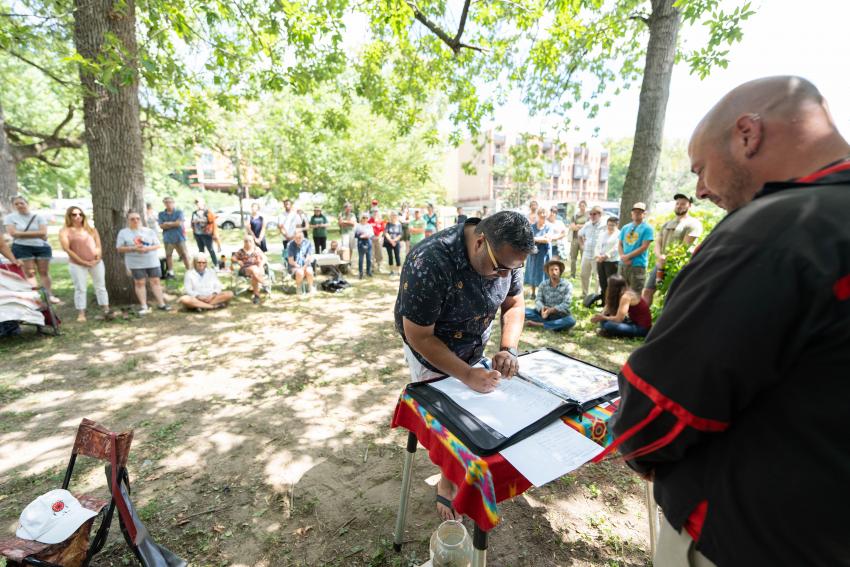
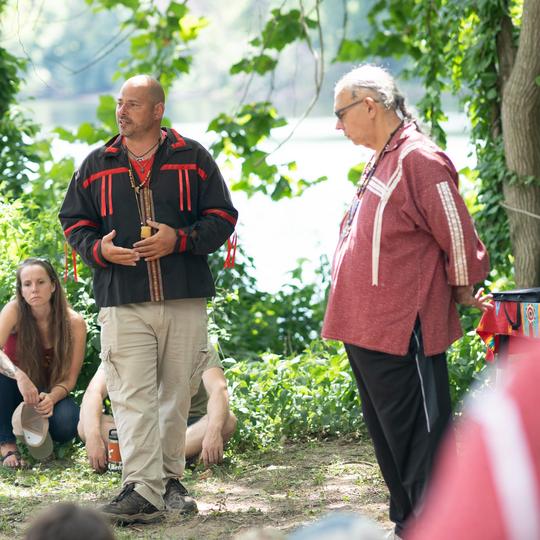
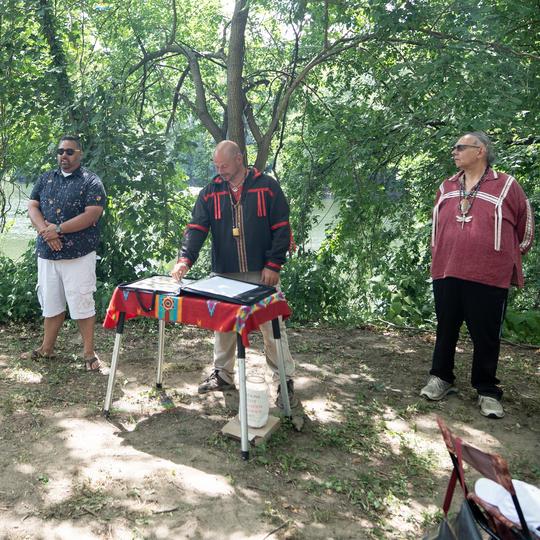
2021 Our Land Acknowledgement Statement
In the summer of 2021, a group of Arcadia faculty and staff participated in the annual National Conference on Race and Ethnicity, where many of the speakers recited a land acknowledgment statement honoring an indigenous community that once resided on the land of their institution before their lecture or presentation. Dr. Doreen Loury and Dr. Favian Martin led Arcadia's efforts to recognize the Lenape People who lived on the land that the University sits upon. They organized a working group of faculty and staff and agreed to contact the Lenape Nation of Pennsylvania for guidance on our efforts to create the below land acknowledgment statement.
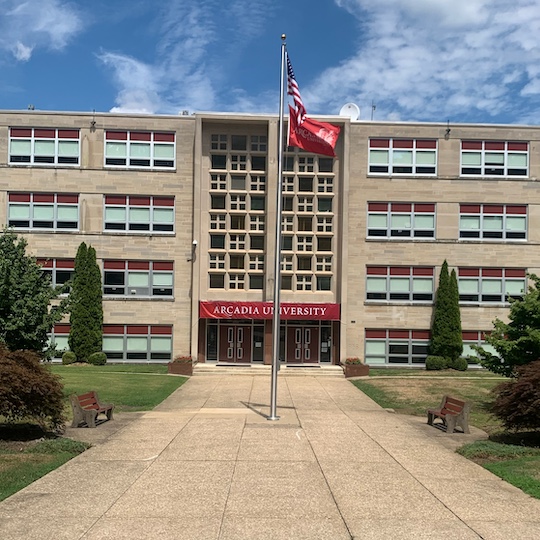

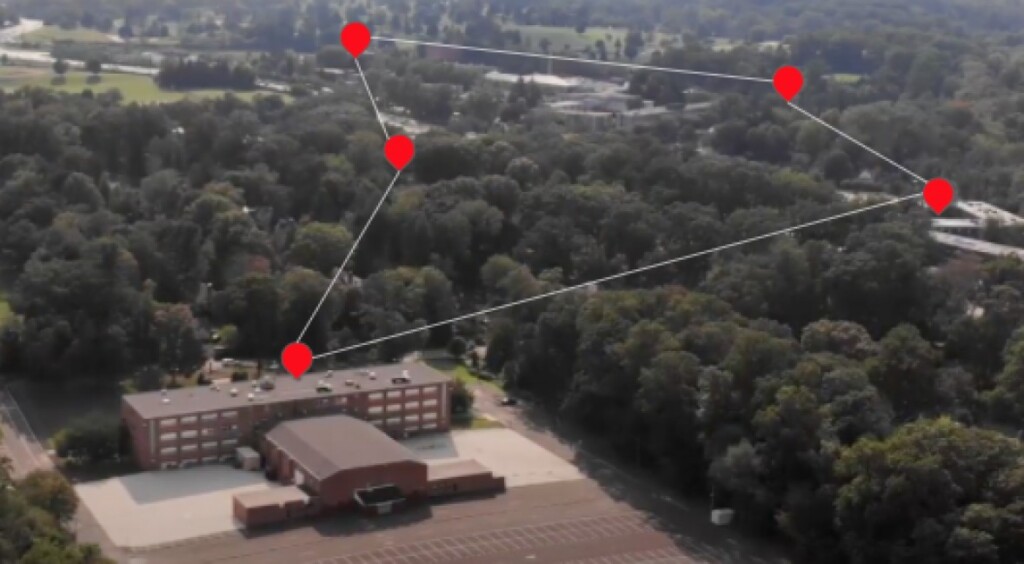
2022: A Modern Historical Moment
July 2022 brings an opportunity to change the trajectory of our institution’s future. Arcadia is afforded another heralded opportunity when 125 Royal Ave. -- the location of the former Bishop McDevitt High School -- officially becomes part of Arcadia University. Such seminal moments in our institution’s history raise the question: How will we take advantage of the opportunities we are given?
